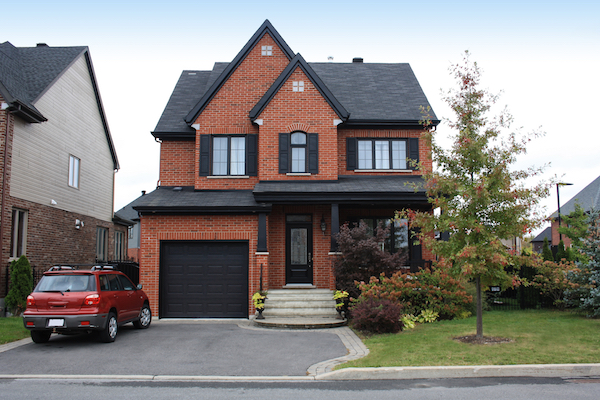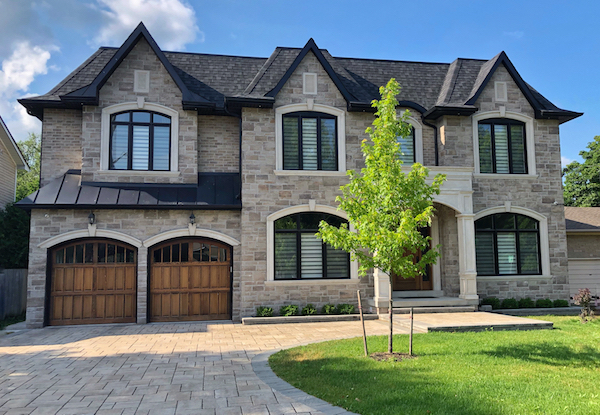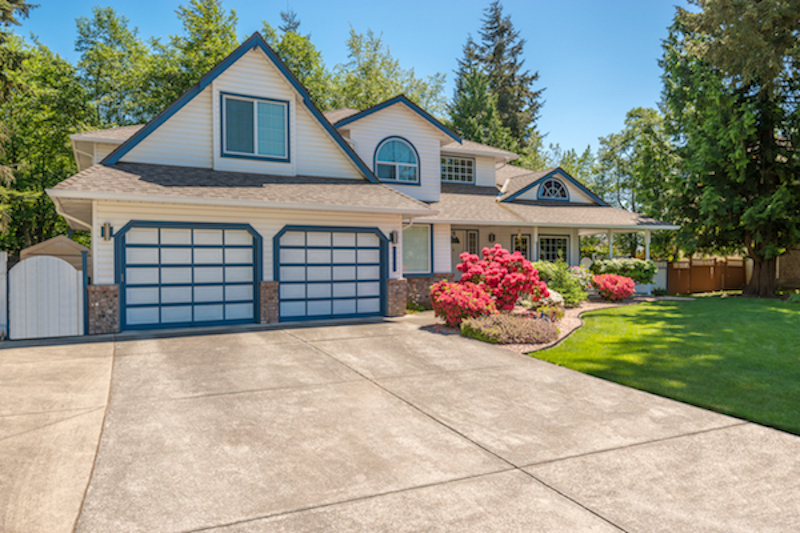When it comes to deciding which surface is best for your driveway, most Canadians choose between three good options: Asphalt, Concrete and Interlocking Stone (also known as paving stones or pavers). We spoke to the experts to find out the details every Canadian needs to know before deciding on a new driveway.
Breakdown of Most Popular Driveway Options:
A fourth option is gravel driveways, which are the cheapest but they are very dusty and require regular maintenance to redistribute gravel. In snowy Canadian winters, whether you shovel snow or use a snowblower, gravel is simply not a practical driveway choice. However, a gravel driveway can last forever because it doesn’t crack, sink or soften – it just moves around.
Below are the average costs of Driveway services in Canada:
| Country | Average | Minimum | Maximum |
| Canada | $7,609 | $150 | $20,000 |
*Costs based on 36 verified Canadian homeowner reviews as of March 2022
A Solid Foundation
The key to any new driveway is the careful preparation of the foundation or sub-grade. As water freezes, it expands, which can heave the ground upward causing cracks in the surface. A deep foundation that is properly compacted then filled with coarse gravel will allow water to drain effectively and extend the life of the driveway.
Asphalt

Asphalt is the most affordable surface. According to Joe Auguello, owner of Beaver Paving in Toronto, preparing the foundation is key: “For asphalt driveways, the foundation should be dug 12 to 15 inches deep, then 3/4-inch crushed gravel is poured in up to 2 inches below grade. Then a 3-inch layer of hot asphalt is applied, which is then rolled and compacted one full inch to bring it down to grade. But beware of some paving companies that may cut corners on the depth of the foundation or the thickness of the asphalt.”
There are two main types of asphalt: HL3 and HL3A. HL3A is preferred for most driveways because it is smoother, but softer especially in summer. HL3 is preferred for streets and highways since it lasts longer. It has more aggregate and less sand in the mix making it more durable, but not as smooth as HL3A.
The edge of asphalt must be angled slightly, not perpendicular to the ground. Mr. Auguello recommends bordering the asphalt with interlocking stone as seen in this photo to the right. To prevent the stones from creeping onto the lawn, he uses ‘BrickStop’ at the edge of the lawn, which is a long pre-fabricated plastic piece nailed in the ground with 10-inch spikes. It can also be curved to match the edge of the driveway.

There are many aesthetic options with concrete that aren’t possible with asphalt. You can have it stamped, patterned and stained in a wide variety of colours. While a smooth finish is great for covered garage floors, it is slippery outside when it snows. For most driveways, especially sloped ones, a ‘broom finish’ creates a rougher surface to improve traction.
Concrete should last 30-40 years unless it cracks. And unlike asphalt, cracked concrete is very difficult to repair. The best way to fix it is to remove the old driveway and pour a new one in its place.
There are several reasons why concrete can crack but shrinkage is the main cause. As concrete dries and hardens it shrinks. This is due to the evaporation of excess mixing water. The wetter the concrete mix, the greater the shrinkage will be. Concrete slabs can shrink as much as one-half inch per 100 feet. This shrinkage can literally pull the slab apart and cause cracks.
The best way to prevent cracking is to install control joints, which allow a concrete slab to contract as it hardens. A control joint can be the full depth of the slab or at minimum, saw cut to a depth equaling one-fourth the slab thickness (or 1 inch for a 4-inch slab). Control joints should be spaced apart by approximately 30 times the thickness of the concrete. For example, a 4-inch thick concrete slab should have control joints no more than 120 inches (10 feet) apart, preferably less. The control joints divide your driveway into several smaller slabs, each of which can contract without affecting the adjacent slab, to minimize the risk of cracking.
Interlocking Stone

Aesthetically speaking, interlocking stone offers the most options, with a wide variety of stone colours, sizes and materials. The least expensive are formed concrete pavers, while natural cobblestone pavers made of granite are the most expensive. They can be cut into many shapes and assembled using multiple colours to make different patterns – placed straight in a row, diagonally to create angles or in a circle. As mentioned above, ‘BrickStop’ is essential to maintain a crisp border between the stones and adjacent gardens or grass.
The small spaces between interlocking stones cause two problems. The slightly uneven surface makes shovelling snow difficult. And weeds can grow between stones, which may require periodic spraying with herbicide or a homemade blend of vinegar, salt and dish soap. Just be sure not to spill it on grass or flowers!
Polymeric jointing sand will improve the durability and stability of an interlocking driveway and can limit weed growth on a new or existing interlocking driveway. If weeds are already present, they must be removed either by hand, with a herbicide or a vinegar/salt/soap blend described above. You can also use a pressure washer to remove all plant material from the joints, but do not disturb the bedding layer the paving stones are resting on. Let the entire surface dry completely and then cover it with polymeric jointing sand. Carefully sweep sand into all joints and crevasses, then use a leaf blower to remove excess sand. Carefully shower with water to create a polymer seal that prevents seedlings from falling between the pavers, where they can germinate and grow.
Whichever material you decide to go with, make sure you hire a pro to properly pave your driveway. When looking for quotes, use HomeStars so you can easily and quickly be connected with top paving companies in your area. Simply click on the banner below and enter your project details. We’ll send them out to verified pros who will contact you with a quote so you can start swimming sooner rather than later.
Article Updated June 2022

